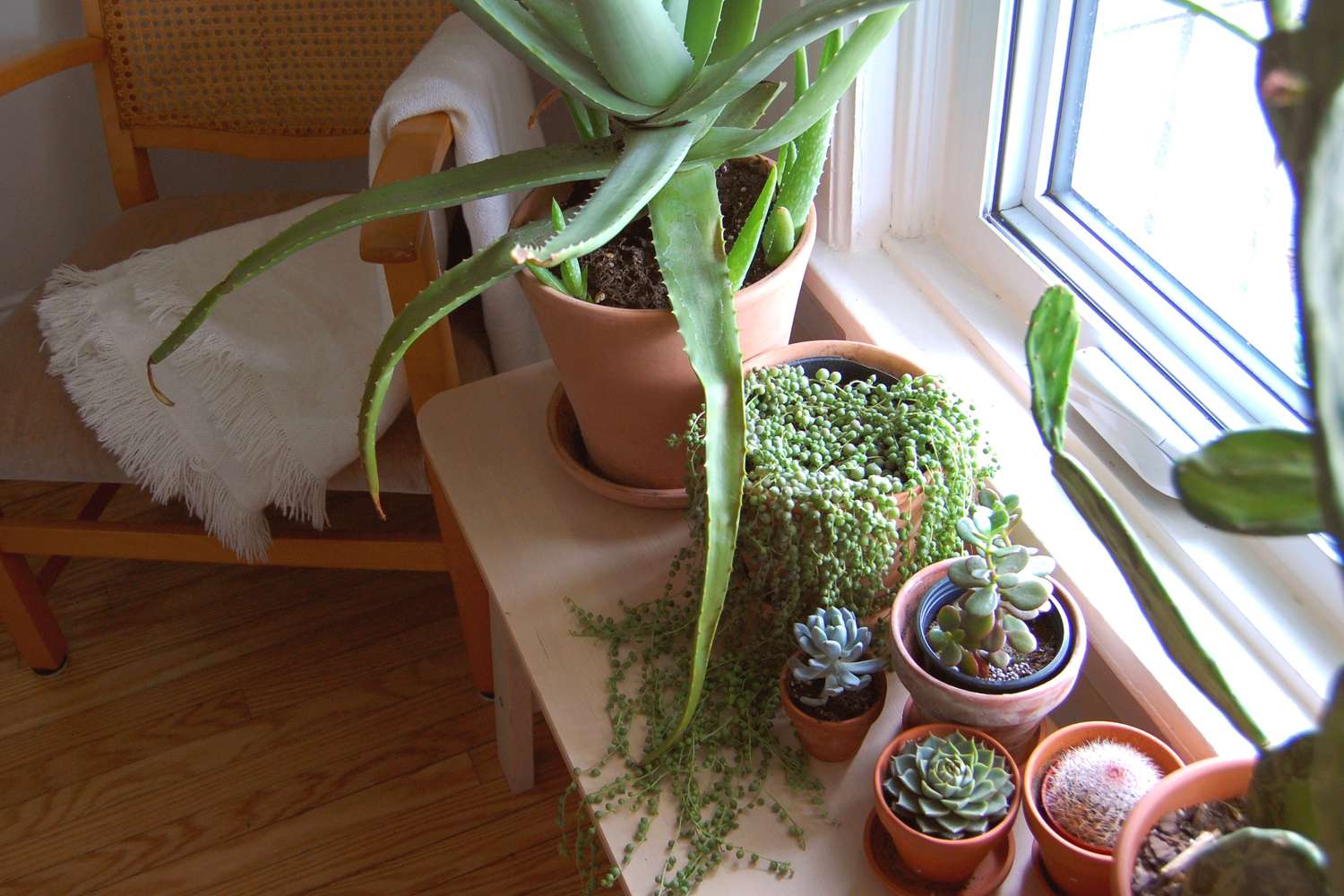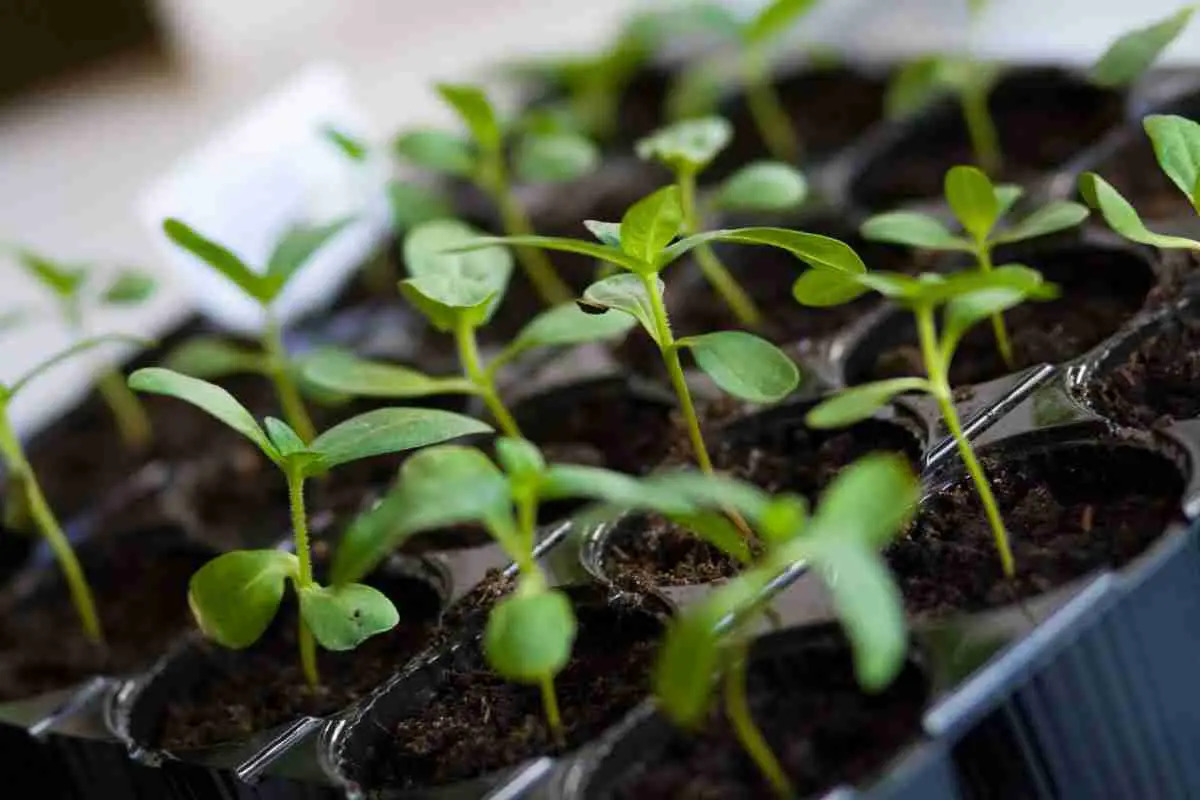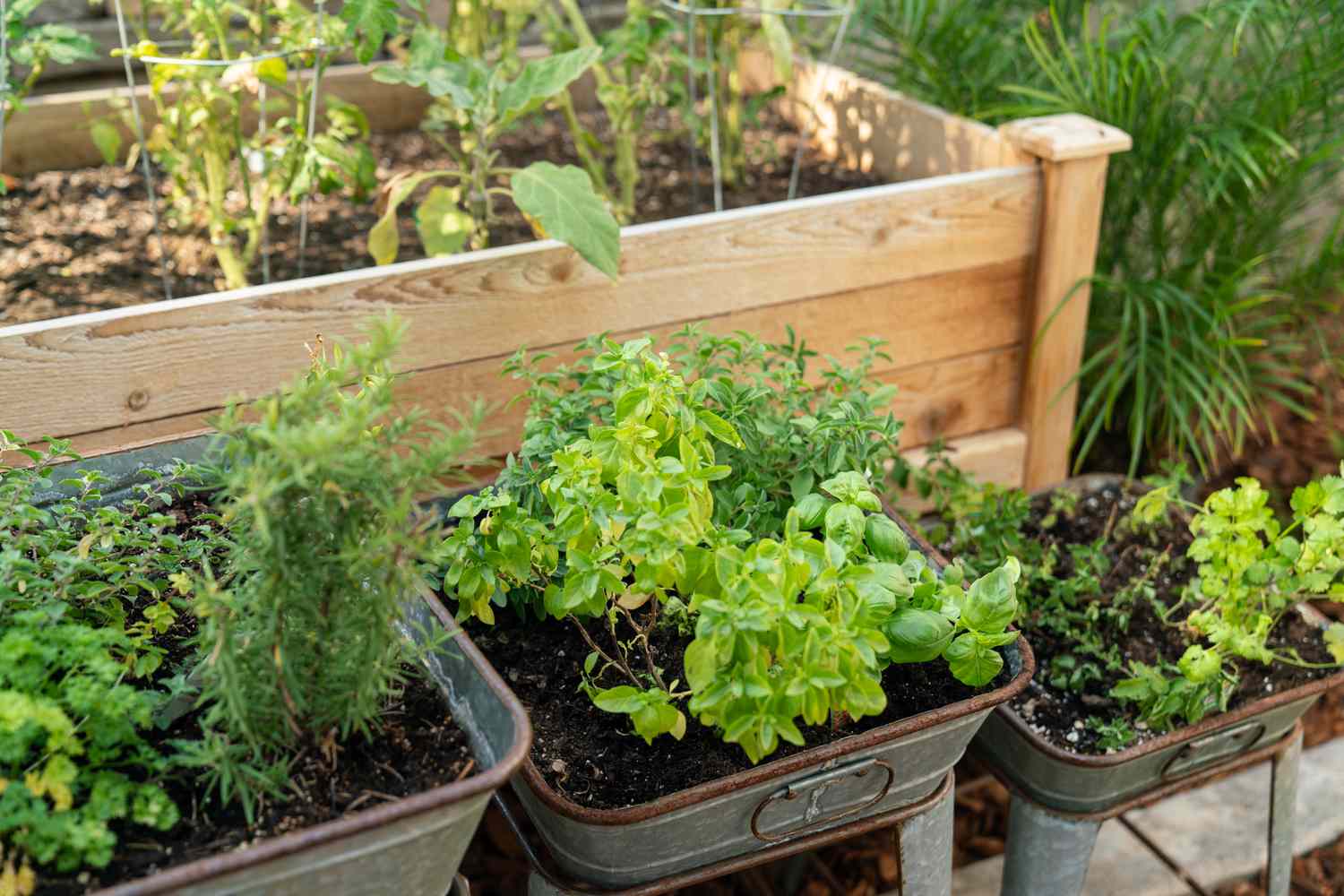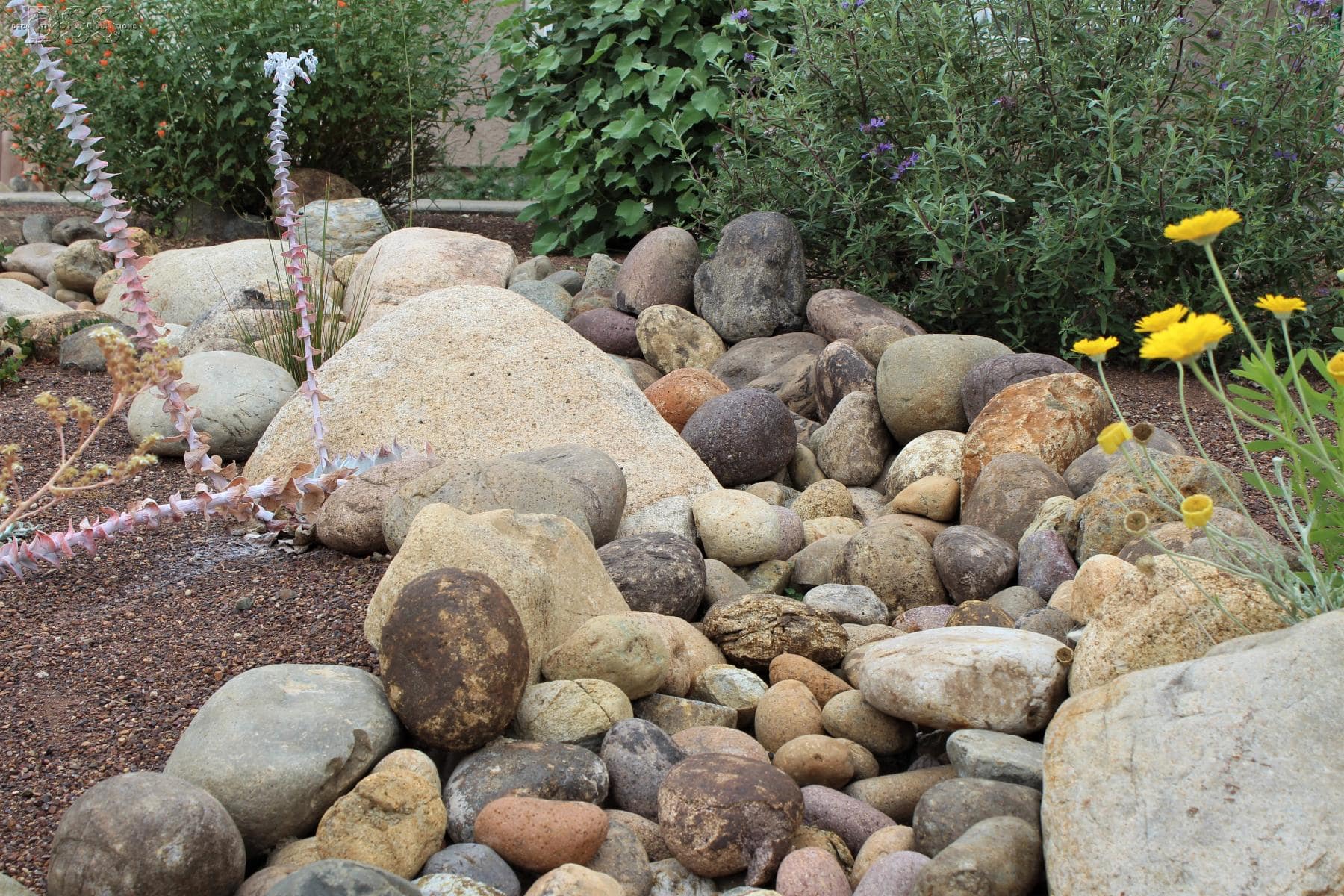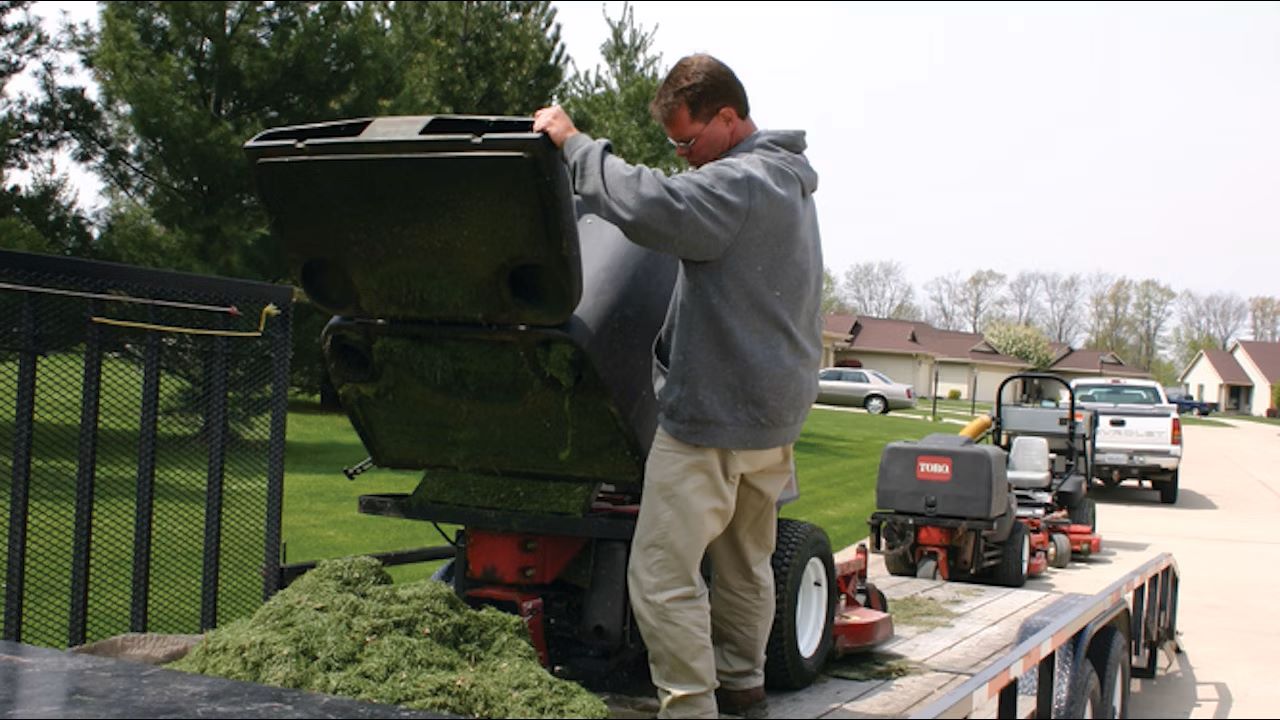Home>Gardening News and Trends>How Much Sunlight Does A Greenhouse Need


Gardening News and Trends
How Much Sunlight Does A Greenhouse Need
Published: August 5, 2023
Find out the latest news on how much sunlight a greenhouse needs for optimal plant growth. Discover the insights and techniques for successful greenhouse gardening.
(Many of the links in this article redirect to a specific reviewed product. Your purchase of these products through affiliate links helps to generate commission for Chicagolandgardening.com, at no extra cost. Learn more)
Table of Contents
- Introduction
- Importance of Sunlight for Plants
- Factors Affecting Sunlight Requirements in a Greenhouse
- Determining the Optimal Amount of Sunlight for a Greenhouse
- Strategies for Maximizing Sunlight Exposure in a Greenhouse
- Potential Issues with Excessive or Insufficient Sunlight in a Greenhouse
- Conclusion
Introduction
Welcome to the world of greenhouses, where plants thrive and vegetables, herbs, and flowers grow in ideal conditions. A greenhouse is a structure designed to create a controlled environment that mimics the natural habitat of plants, providing them with the necessary temperature, humidity, and light. When it comes to creating the perfect environment in a greenhouse, sunlight plays a crucial role.
Light energy is crucial for the process of photosynthesis, through which plants produce the food they need to survive and grow. Sunlight is the primary source of this energy, providing plants with the necessary wavelengths for photosynthesis to occur. In a greenhouse, the availability of sunlight directly affects the growth, development, and productivity of the plants inside.
However, finding the right balance of sunlight in a greenhouse can be a challenge. Too much sunlight can lead to excessive heat and cause damage to plants, while insufficient sunlight can hinder their growth and lead to poor yields. Therefore, understanding the optimal amount of sunlight needed and implementing strategies to maximize its exposure is essential for greenhouse owners and gardeners.
In this article, we will explore the importance of sunlight for plants, the factors that affect sunlight requirements in a greenhouse, how to determine the optimal amount of sunlight for a greenhouse, strategies for maximizing sunlight exposure, and the potential issues that can arise from excessive or insufficient sunlight.
Whether you are a beginner or an experienced gardener, understanding the relationship between sunlight and a greenhouse will help you create an optimal growing environment for your plants. So let’s dive in, and discover the secrets of harnessing the power of sunlight for a thriving greenhouse!
Importance of Sunlight for Plants
Sunlight is vital for the growth and development of plants, and it serves as the primary source of energy for the process of photosynthesis. During photosynthesis, plants convert sunlight into chemical energy, which they use to synthesize glucose and carbohydrates. This energy is essential for all plant functions, including growth, reproduction, and defense against diseases and pests.
One key component of sunlight that plants require is the spectrum of wavelengths. Sunlight consists of different colors, ranging from red to blue, and plants rely on specific wavelengths within this spectrum for photosynthesis. Chlorophyll, the pigment responsible for capturing light and converting it into energy, absorbs red and blue light most efficiently, while reflecting green light. This is why plants appear green to our eyes.
Additionally, sunlight provides plants with the necessary energy to produce nutrients, such as vitamins and minerals, which are essential for their overall health. It also promotes the production of hormones that regulate plant growth, including auxins, gibberellins, and cytokinins. These hormones control cell division, elongation, and differentiation, influencing the shape, size, and structure of the plant.
Furthermore, sunlight plays a role in enhancing the flavor, color, and aroma of fruits and vegetables. It contributes to the development of secondary metabolites, such as flavonoids and carotenoids, which are responsible for the vibrant colors and distinct flavors. Without adequate sunlight, plants may not reach their full potential in terms of taste, appearance, and nutritional value.
In summary, sunlight is crucial for the well-being of plants. It provides the energy necessary for photosynthesis and the production of essential nutrients and hormones. Additionally, sunlight influences the overall quality and taste of fruits and vegetables. Understanding the significance of sunlight in plant growth will help us appreciate its role in the success of a greenhouse and enable us to create optimal conditions for our plants to thrive.
Factors Affecting Sunlight Requirements in a Greenhouse
While sunlight is crucial for plants in a greenhouse, the specific requirements can vary depending on several factors. Understanding these factors will help greenhouse owners make informed decisions about optimizing sunlight exposure. Let’s take a closer look at some of the key factors that influence sunlight requirements in a greenhouse:
- Plant Species: Different plant species have varying needs when it comes to sunlight. Some plants, such as tomatoes and peppers, thrive in full sunlight and require at least 6-8 hours of direct sunlight per day. On the other hand, some shade-loving plants, like ferns or certain herbs, can tolerate less direct sunlight and prefer dappled or filtered light.
- Stage of Growth: The sunlight requirements of plants can vary at different stages of growth. For example, seedlings and young plants often require more gentle and indirect light to prevent stress or burning. As they mature, they can handle more intense and direct sunlight.
- Season: The amount of sunlight available in a greenhouse can also depend on the season. During winter months, when the days are shorter and the sun’s angle is lower, the intensity and duration of sunlight are reduced. In contrast, during summer months, the days are longer, providing more sunlight for plants to thrive.
- Geographical Location: The geographical location of the greenhouse can significantly impact the amount of sunlight it receives. Greenhouses located in areas with more cloudy or overcast weather patterns may need to utilize supplementary lighting to supplement natural sunlight.
- Greenhouse Orientation: The orientation of the greenhouse in relation to the sun also plays a role in sunlight exposure. A greenhouse positioned with the longest side facing south will receive the most direct sunlight throughout the day, maximizing exposure. Considerations such as surrounding structures, trees, or shading from nearby buildings should be taken into account when determining the ideal orientation.
By considering these factors, greenhouse owners can assess and adjust their greenhouse setup to meet the specific sunlight requirements of their plants. It is important to regularly monitor and evaluate the levels of sunlight received in the greenhouse to ensure optimal plant growth and productivity.
Determining the Optimal Amount of Sunlight for a Greenhouse
When it comes to determining the optimal amount of sunlight for a greenhouse, several factors need to be considered. The goal is to strike a balance that provides enough light for plant growth without causing any damage or stress. Here are some steps to help determine the ideal amount of sunlight for your greenhouse:
- Consider the Plant’s Light Requirements: Start by understanding the specific light needs of the plants you are growing in the greenhouse. Some plants thrive in full sunlight, while others prefer partial shade. Research the light requirements of your plants to establish a baseline.
- Measure Sunlight Exposure: Use a light meter or a smartphone app with a light meter feature to measure the amount of sunlight your greenhouse receives. Take measurements at different times of the day and throughout the season to get an accurate picture of the sunlight patterns. This will help you identify any areas of the greenhouse that may be receiving insufficient or excessive sunlight.
- Assess Environmental Factors: Evaluate any environmental factors that could influence the amount of sunlight reaching your greenhouse. Consider nearby buildings, trees, or other structures that may cast shadows on the greenhouse during certain times of the day. Adjustments may be necessary to optimize the greenhouse’s exposure to sunlight.
- Monitor Plant Growth and Health: Regularly observe and monitor the growth and health of your plants. Signs of insufficient sunlight include elongated stems, weak growth, pale or yellowing leaves, and reduced flowering or fruiting. Conversely, signs of excessive sunlight include leaf burn, wilting, and excessive drying of the soil. Adjust the amount of sunlight or provide shading as needed based on the plant’s response.
- Seek Expert Advice: If you’re unsure about the optimal amount of sunlight for your specific plants or are encountering challenges in maintaining the right balance, consult with local horticulturists, greenhouse experts, or extension services. They can provide valuable insights based on your geographic location and specific plant species.
Remember that sunlight needs can vary depending on different factors, and it may require some trial and error to find the ideal amount of sunlight for your greenhouse. Paying close attention to the needs of your plants and making adjustments accordingly will help create the best growing environment for them.
By following these steps and regularly assessing and adapting to the sunlight requirements, you can optimize your greenhouse’s conditions and ensure the healthy growth and productivity of your plants.
Strategies for Maximizing Sunlight Exposure in a Greenhouse
Maximizing sunlight exposure in a greenhouse is essential for promoting optimal plant growth and yield. While sunlight availability can vary depending on the location and season, implementing strategies to capture and utilize sunlight effectively can significantly enhance the greenhouse’s productivity. Here are some strategies for maximizing sunlight exposure in a greenhouse:
- Proper Greenhouse Orientation: Position your greenhouse in a way that maximizes exposure to sunlight. Orienting the longest side of the greenhouse towards the south will ensure that it receives the most sunlight throughout the day. Consider any potential obstructions, such as nearby structures or trees, that could cast shadows on the greenhouse and adjust its placement accordingly.
- Choose the Right Location: When selecting the location for your greenhouse, opt for an area with ample sunlight exposure. Avoid spots with excessive shade or areas prone to being blocked by objects or structures that can hinder sunlight penetration.
- Use Transparent Coverings: Utilize transparent or translucent coverings for your greenhouse, such as glass or polycarbonate panels, to allow maximum sunlight infiltration. These materials are designed to optimize light transmission while providing insulation and protection for the plants.
- Regular Maintenance of Coverings: Keep the coverings of your greenhouse clean and free from dirt, dust, and debris. Regularly clean the panels to remove any residue that may block sunlight. This will ensure optimal light transmission into the greenhouse.
- Prune and Trim Plants: Regularly prune and trim your plants to prevent excessive foliage from shading other plants. Properly spaced and trimmed plants allow sunlight to reach all parts of the plant, maximizing its exposure and ensuring uniform growth.
- Utilize Reflective Surfaces: Place reflective surfaces, such as white or silver-colored materials, near the sides or back walls of the greenhouse. These surfaces can help reflect sunlight back onto the plants, increasing overall light levels within the greenhouse.
- Optimize Ventilation: Properly designed ventilation systems help regulate temperature and humidity levels in a greenhouse. Adequate airflow ensures that plants receive the appropriate amount of sunlight without overheating. This is particularly crucial during the warmer months.
- Consider Supplemental Lighting: In regions with limited sunlight or during the darker winter months, consider utilizing supplemental lighting systems. LED grow lights, specifically designed for plant growth, can provide consistent and controllable light levels to compensate for insufficient sunlight.
By implementing these strategies, you can maximize the amount of sunlight reaching your greenhouse. However, it is essential to strike a balance and avoid excessive sunlight exposure, as it can lead to heat stress or damage to plants. Regular monitoring and adjustment of these strategies will help maintain an optimal sunlight environment in your greenhouse.
Potential Issues with Excessive or Insufficient Sunlight in a Greenhouse
While sunlight is essential for plant growth, both excessive and insufficient sunlight can pose challenges in a greenhouse setting. Understanding the potential issues associated with these extremes will help greenhouse owners take the necessary steps to maintain the optimal amount of sunlight for their plants.
- Excessive Sunlight: Too much sunlight can lead to several problems, including:
- Heat Stress: Excessive sunlight can cause the temperature inside the greenhouse to rise beyond the tolerable range for plants. High temperatures can lead to wilting, dehydration, and even scorching of leaves.
- Leaf Burn: Intense sunlight can cause sunburn on plant leaves, especially if there is insufficient humidity or water supply. Leaf burn appears as brown or yellow spots on the foliage.
- Uneven Distribution: Excessive sunlight may lead to uneven distribution, with some plants receiving more light than others. This can result in uneven growth patterns and imbalanced development.
- Increased Water Requirements: High temperatures caused by excessive sunlight lead to faster evaporation, increasing the watering needs of plants in the greenhouse.
- Insufficient Sunlight: Inadequate sunlight can also present challenges:
- Poor Growth and Development: Insufficient sunlight can result in weak, spindly, and leggy plants with small leaves and stunted growth. Without enough light energy, plants cannot photosynthesize efficiently, leading to suboptimal growth and reduced yields.
- Pale or Yellowing Leaves: Plants deprived of adequate sunlight will often exhibit pale or yellowing leaves, a condition known as chlorosis. This occurs due to the inability of plants to produce enough chlorophyll, the pigment responsible for capturing light.
- Prolonged Flowering or Fruit Ripening: Insufficient sunlight can delay flowering and inhibit fruit ripening in certain plant species. This can impact the overall productivity and viability of the greenhouse.
- Increased Susceptibility to Diseases and Pests: Weak and stressed plants resulting from insufficient sunlight are more susceptible to diseases and pest infestations. Reduced vigor compromises the plant’s natural defense mechanisms.
Regular monitoring of sunlight levels and maintaining the appropriate balance is crucial for mitigating these potential issues. Making necessary adjustments, such as providing shade during periods of excessive sunlight or implementing supplemental lighting during periods of insufficient sunlight, can help optimize plant growth and overall greenhouse productivity.
Conclusion
Understanding the importance of sunlight and its impact on plant growth in a greenhouse is essential for every greenhouse owner and gardener. Sunlight serves as the primary source of energy for plants, fueling the process of photosynthesis and providing the necessary nutrients and hormones for growth and development. Achieving the optimal amount of sunlight in a greenhouse requires careful consideration of various factors, including plant species, growth stage, season, geographical location, and greenhouse orientation.
By implementing strategies to maximize sunlight exposure, such as proper greenhouse orientation, transparent coverings, regular maintenance, and pruning, greenhouse owners can ensure that their plants receive sufficient sunlight for healthy growth and productivity. It is also important to monitor the amount of sunlight received, assess plant health and growth, and make adjustments as needed to maintain a balanced and optimal environment.
However, it is equally important to be aware of the potential issues that can arise from excessive or insufficient sunlight. Excessive sunlight can lead to heat stress, leaf burn, and uneven growth, while insufficient sunlight can result in poor growth, pale leaves, and reduced yields. Monitoring sunlight levels and taking appropriate measures to address these issues will help maintain the overall well-being of plants in a greenhouse.
In conclusion, harnessing the power of sunlight in a greenhouse requires understanding the unique sunlight requirements of each plant species, implementing strategies to optimize sunlight exposure, and being vigilant in monitoring and adjusting as necessary. By creating the ideal conditions, greenhouse owners can provide their plants with the energy they need to thrive and create a flourishing and productive environment within their greenhouse walls.

